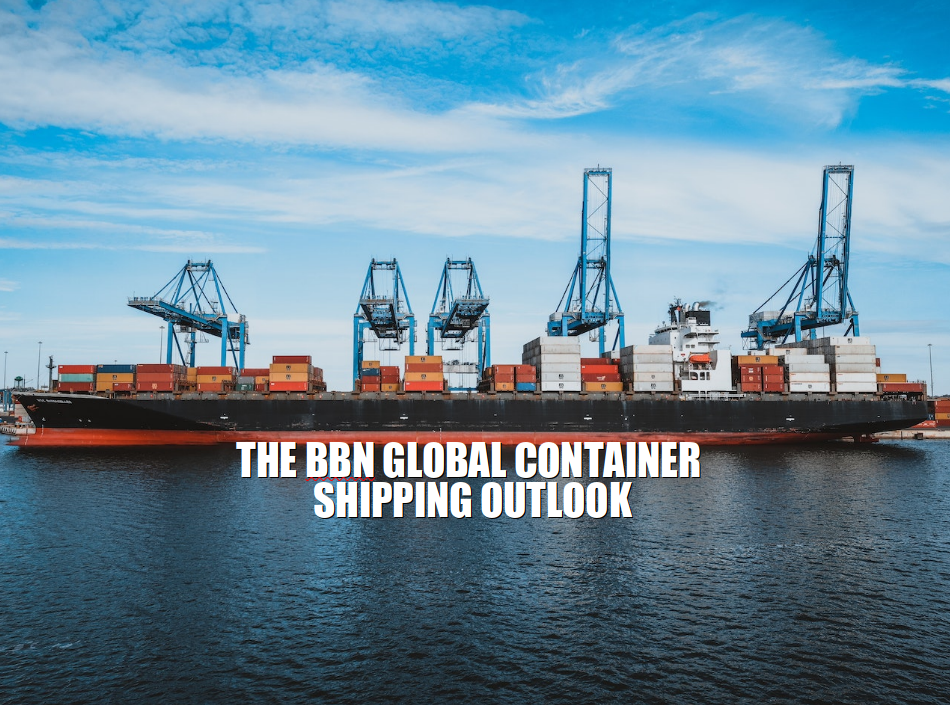
In this comprehensive report, we delve into the intricate dynamics of the global container shipping industry, analyzing the challenges and opportunities that lie ahead. The container shipping sector is a vital component of the international trade ecosystem, facilitating the movement of goods across the world. As the demand for goods continues to rise, so does the pressure on container shipping companies to adapt and thrive in an ever-evolving landscape.
The Rising Tide of New Capacity
Over the past decade, the global container shipping industry has witnessed a significant influx of new capacity. As economies grow and trade expands, shipping companies have invested heavily in building larger vessels to meet the escalating demand. However, this surge in new capacity has introduced challenges, leading to an oversupply in certain trade routes.
The presence of these mega-containerships has the potential to revolutionize the industry, offering economies of scale and reduced operational costs. Nevertheless, it also creates a delicate balancing act for shipping lines, as they must ensure that they can maintain high utilization rates to maximize profits.
Technological Advancements: A Wave of Transformation
Amidst the mounting pressure, container shipping companies are turning to technological advancements to optimize operations, reduce emissions, and enhance overall efficiency. The adoption of blockchain technology in supply chain management is reshaping the industry by providing increased transparency, security, and real-time tracking capabilities.
Furthermore, Artificial Intelligence (AI) and the Internet of Things (IoT) are playing pivotal roles in predictive maintenance, route optimization, and fuel efficiency. Leveraging big data and analytics, shipping companies can make data-driven decisions that lead to improved vessel performance and reduced downtime.
Navigating Environmental Challenges
The global container shipping industry recognizes its responsibility to reduce its environmental impact. Environmental regulations and sustainability initiatives are reshaping the industry’s landscape, prompting shipping companies to explore cleaner energy sources and eco-friendly practices.
One such solution gaining traction is the use of LNG (liquefied natural gas) as a cleaner alternative to traditional bunker fuel. LNG-powered vessels produce significantly fewer emissions, making them more environmentally friendly. Moreover, the development of zero-emission vessels powered by hydrogen fuel cells is promising but still in its infancy.
The Impact of Global Trade Trends
The container shipping industry is intrinsically tied to global trade patterns. As geopolitical dynamics shift and international trade agreements evolve, shipping companies must adapt to new trade routes and adjust their strategies accordingly.
The emergence of new trade corridors, such as the Belt and Road Initiative, presents both opportunities and challenges for container shipping companies. The ability to identify and capitalize on these emerging trade routes will be crucial for maintaining a competitive edge in the market.
Weathering the Storm: Volatility and Uncertainty
The container shipping industry is no stranger to volatility, and unpredictable market conditions can have profound effects on companies’ profitability. External factors, such as natural disasters, geopolitical tensions, and economic downturns, can disrupt supply chains and lead to freight rate fluctuations.

To weather these storms, shipping companies must remain agile and responsive to market dynamics. Diversification of services, strategic partnerships, and proactive risk management are essential components of a resilient shipping strategy.
The Road Ahead: Strategies for Success
To outrank competitors and emerge as industry leaders, container shipping companies must adopt a multi-faceted approach that focuses on innovation, sustainability, and customer-centricity.
- Digital Transformation: Embrace digitalization to streamline operations, optimize supply chains, and enhance customer experiences.
- Investment in Green Initiatives: Prioritize sustainable practices, invest in eco-friendly technologies, and reduce carbon footprint.
- Collaborative Alliances: Forge strategic partnerships with port operators, logistics providers, and other industry stakeholders to create a seamless and efficient supply chain network.
- Customer-Centric Solutions: Understand customer needs and tailor services to meet their expectations, providing end-to-end visibility and excellent customer service.
To summarize, the global container shipping industry is navigating through a complex sea of challenges and opportunities. By embracing technological advancements, prioritizing sustainability, and implementing customer-centric strategies, shipping companies can steer their way to success in this ever-changing landscape. As we sail towards a future of interconnected trade, the companies that adapt and innovate will undoubtedly rise to the top and secure their position as leaders in the global container shipping industry.

